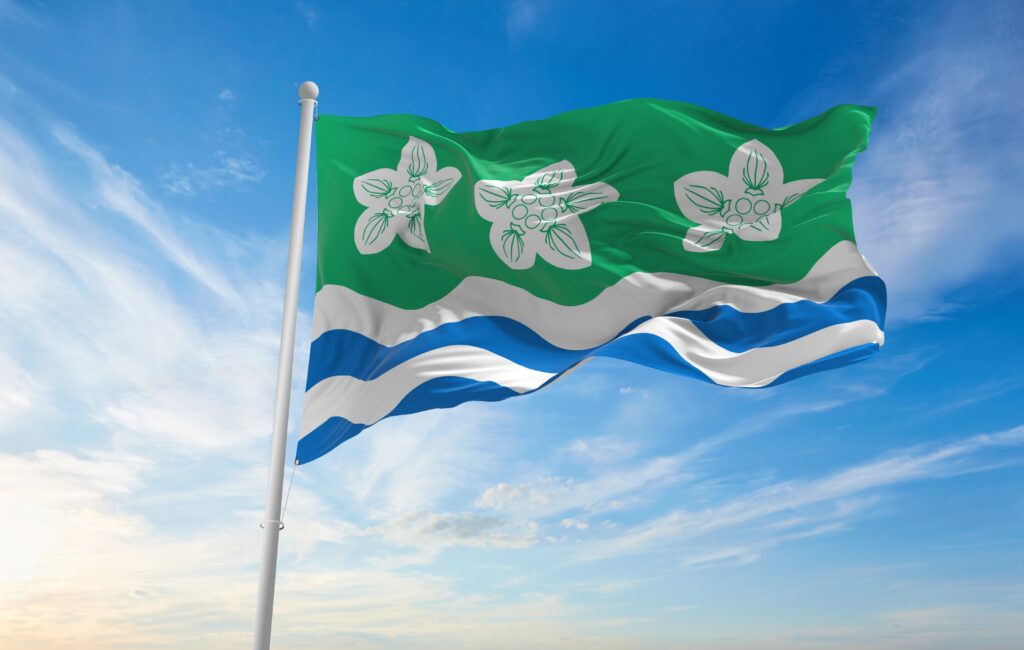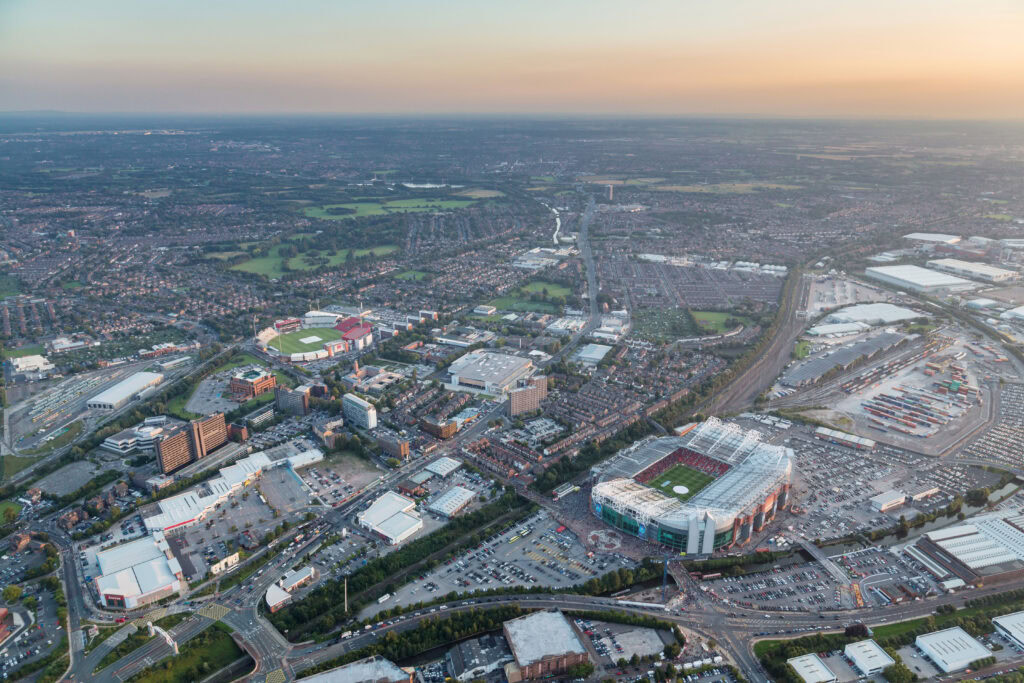The Bin, Scan, Win! project is being run in partnership by Westminster and Camden councils in London and allows residents to enter a prize draw by scanning QR codes on the sides of recycling bins with their smart phones.

Once scanned, the codes direct users to a bespoke website which invites them to enter their email addresses. They are then entered into a daily prize draw to win a 20 voucher. The total value of the rewards is 2,460.
The scheme, launched in May 2012, was explained to delegates by Andrew Cook, waste and recycling officer at Westminster council who came up with the idea.
Mr Cook said that it was important for councils to look at new ways, such as QR codes, of communicating with residents.
He said: There is a huge expanding market for mobile devices. You need to ask, how else can you communicate with users of your services?
Problem
Mr Cook explained that street litter is a big and expensive problem in Westminster and Camden, with 25,000 tonnes of litter produced every year within 16 square mile area much more than anywhere else in the country. And, while much is recyclable, only 10% is currently recycled.
The councils decided to use QR codes to promote recycling because data suggested that up to 60% of people in the capital have a smart phone and it was felt that the scheme would particular target males in the age group of 18-34, who are often not loyal recyclers.
The council was successful in securing 30,000 towards a total project cost of 60,000 from Defras Reward and Recognition fund, allowing codes to be placed on 600 bins across both boroughs.

Commenting on the results so far, Mr Cook said: In the first month we have had 236 entries into the prize draw which is encouraging. We have had positive comments on Twitter. There have been no complaints from residents which was one of our concerns that they might be unhappy that we are spending their money on people who dont live in the borough. There has been a positive response to the fact that it is an innovative idea and it has enabled us to access a new audience.
The scheme is running until September 2012 and if it is successful the councils will be looking for a private sector partner to fund the prizes in exchange for putting its logos on the bins.
Drawbacks
However, Mr Cook said the scheme did have drawbacks including it being difficult to measure its effectiveness or ensure that users are actually recycling.
Related Links
The increase in crowds during the Diamond Jubilee saw a reduction in entries to the prize draw which is also disappointing as we are hoping to get more during the Olympics, he added.
Summing up, Mr Cook said that lessons learned included the need for robust monitoring and evaluation and the opportunities of councils to look at different ways of communicating.
Responding to a question from CIWMs John Ferguson about the possible wider application of QR codes in council recycling communications, he said: I know New York have put them on the side of their dust carts and we are going to use them on our communications wherever we can. I think it is good to have a different way to access the information.










Subscribe for free